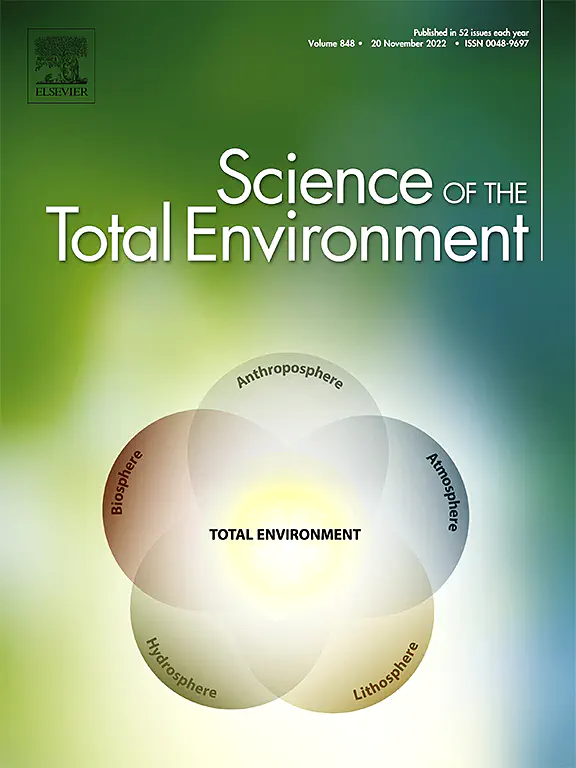Stable isotope evidence from archived fish scales indicates carbon cycle changes over the four-decade history of the Římov Reservoir (Czechia)

Abstract
Using archived fish scale samples together with long-term monitoring data, this study investigates the potential of fish scales to record historical changes in the aquatic environment. We analysed stable carbon (δ¹³C) and nitrogen (δ¹⁵N) isotopes in the scales of two planktivorous cyprinid species collected from the meso-eutrophic Římov Reservoir, Czechia, over its entire four-decade history (1979–2016). The δ¹³C of the fish scales varied greatly throughout the reservoir history. The lowest δ¹³C values were observed immediately after the reservoir was filled in 1979, indicating that fish production at that time was likely partially supported by ¹³C-depleted CO2 released from the inundated soil. During the 1980s, due to the high levels of phytoplankton production stimulated by high phosphorus inputs from the catchment, the δ¹³C values substantially increased. However, since 1990, the δ¹³C values have generally decreased, reflecting a gradual reduction in reservoir primary production caused by the decreasing input of phosphorus and increasing input of dissolved organic carbon from the catchment. The δ¹³C of fish scales was also used to reconstruct the CO2 concentration of the surface water. The reconstructed CO2 varied significantly during the four-decade history, but it was always below the air-equilibrium concentration, suggesting that the surface water of the reservoir has consistently absorbed atmospheric carbon. The fish-scale δ¹⁵N values remained relatively stable, while slightly increasing within three years after impoundment, likely because the nitrogen supply was high throughout the studied period. Our study contributes to the growing body of literature demonstrating that stable isotope analysis of archived biological samples is a promising approach for understanding historical trends in the biogeochemistry of aquatic environments. In particular, our results highlight the potential of δ¹³C in archived fish scales in reconstructing carbon cycle changes and evaluating human impacts on aquatic ecosystems.